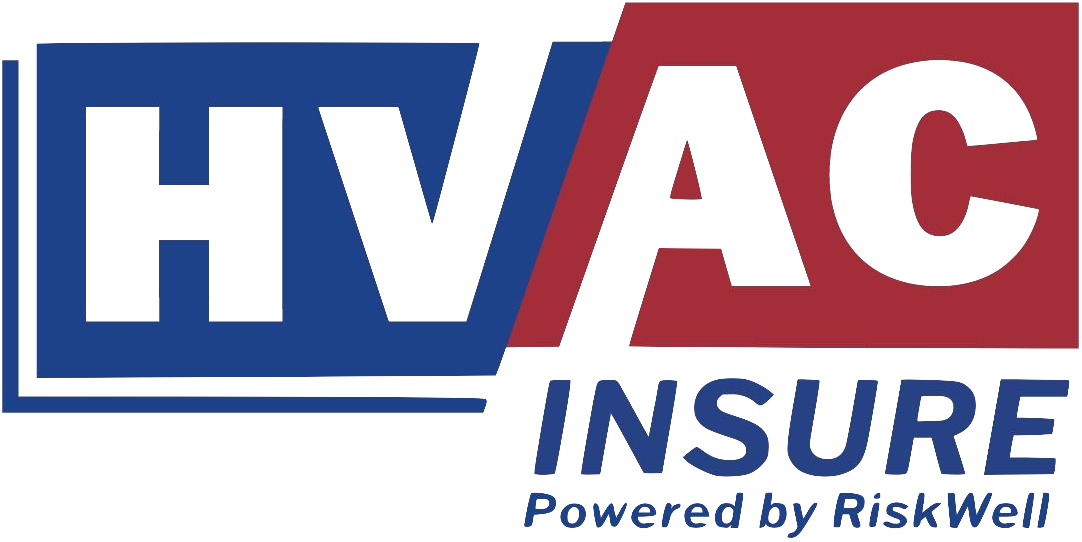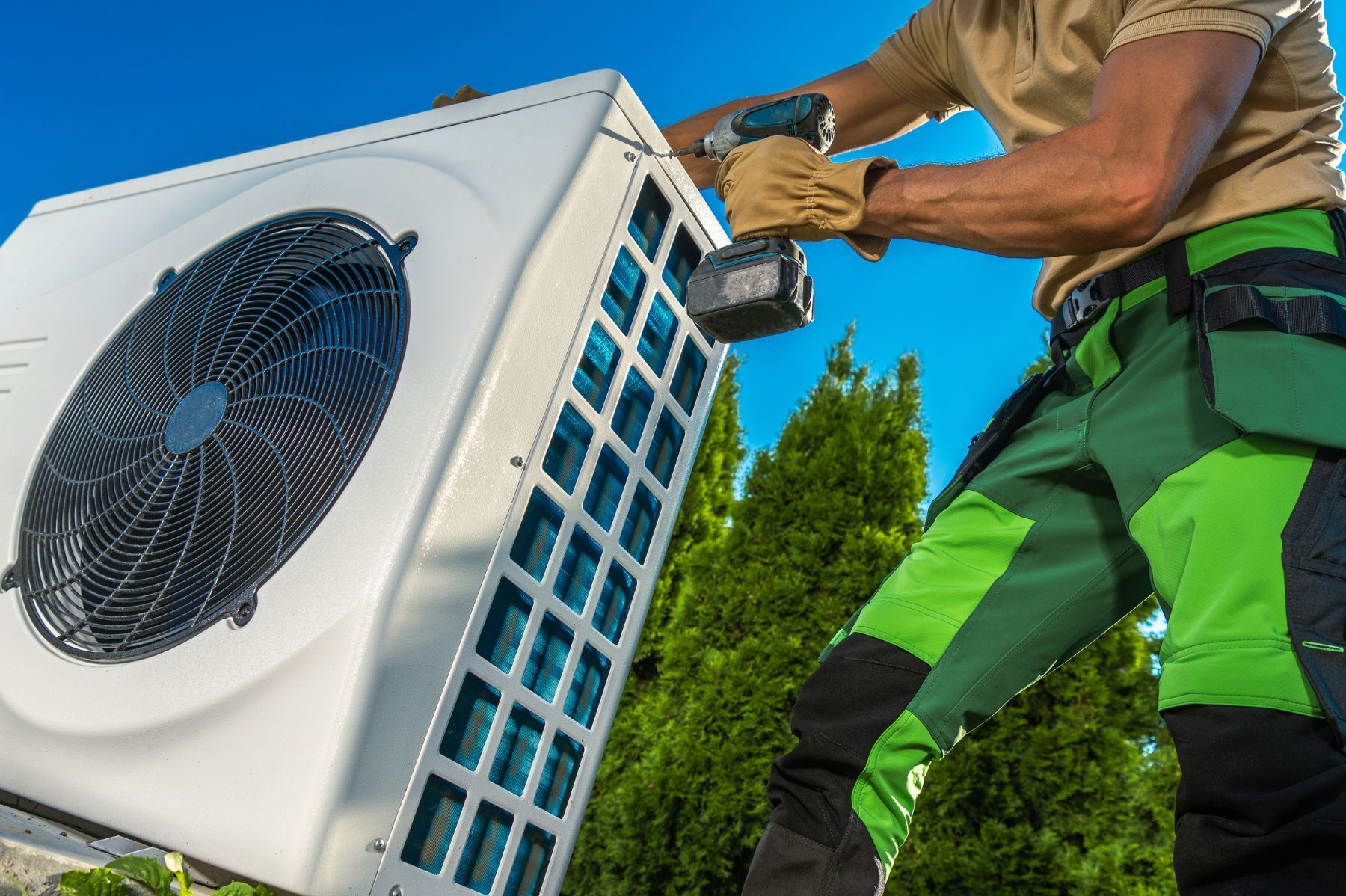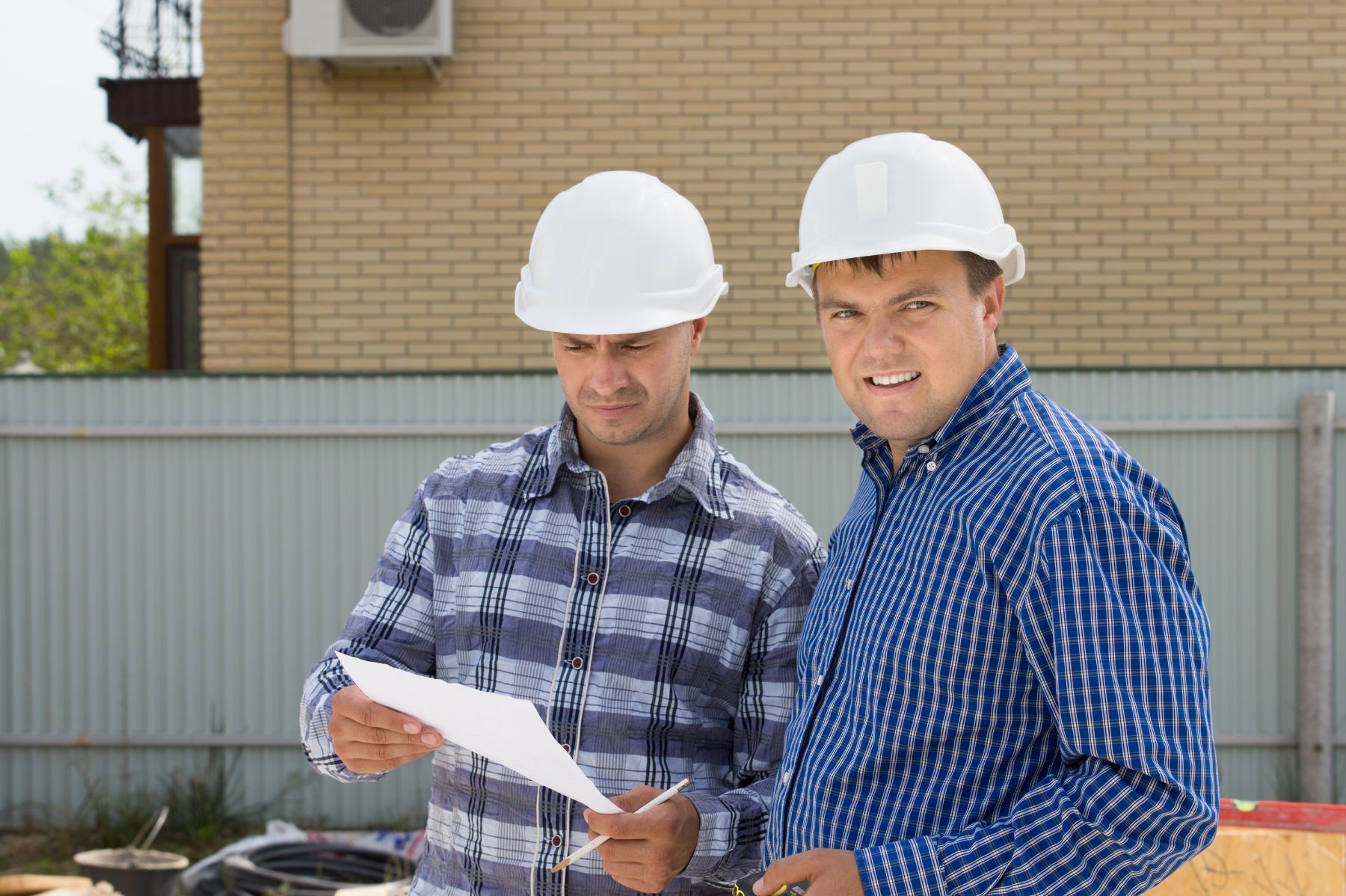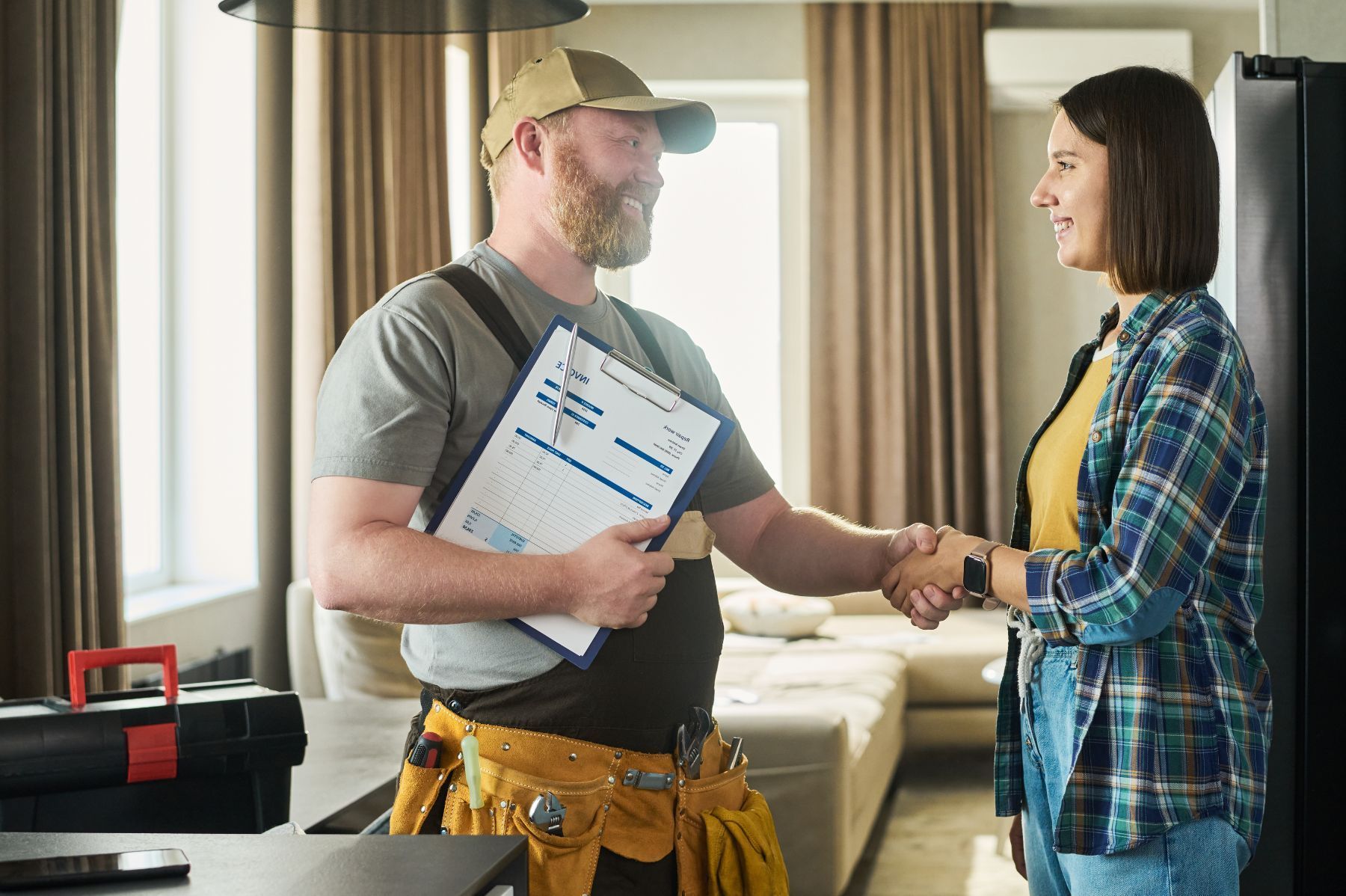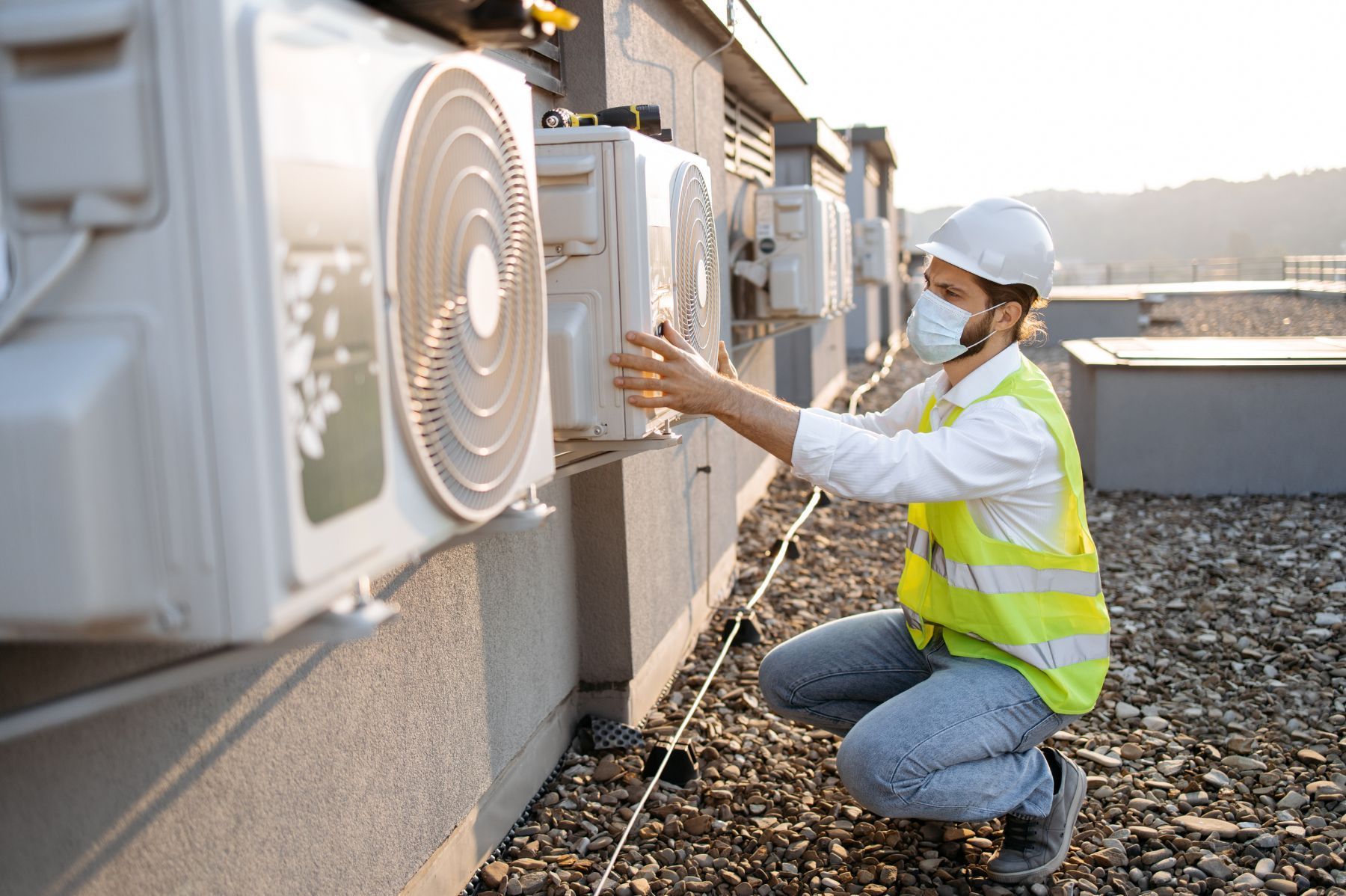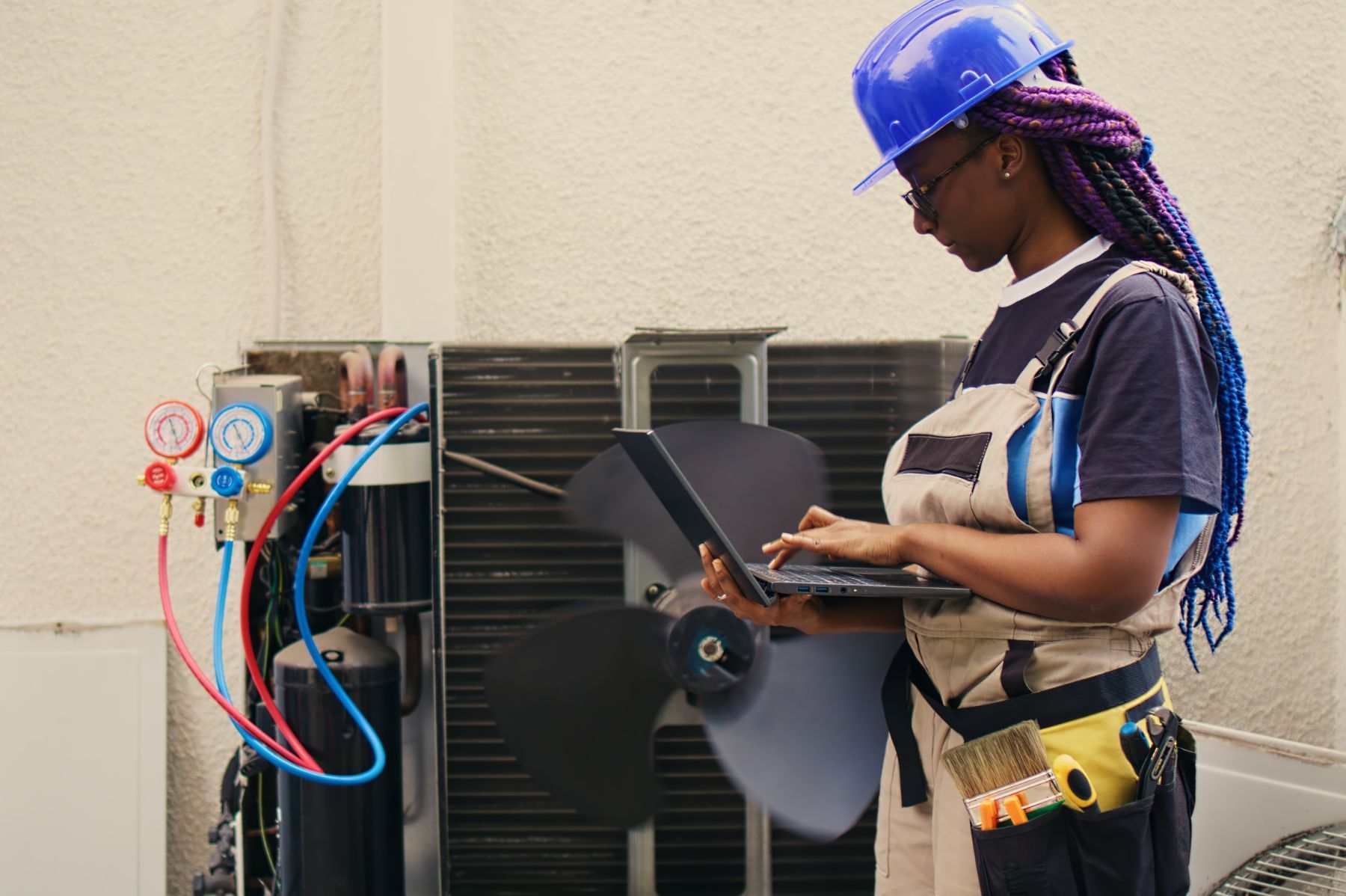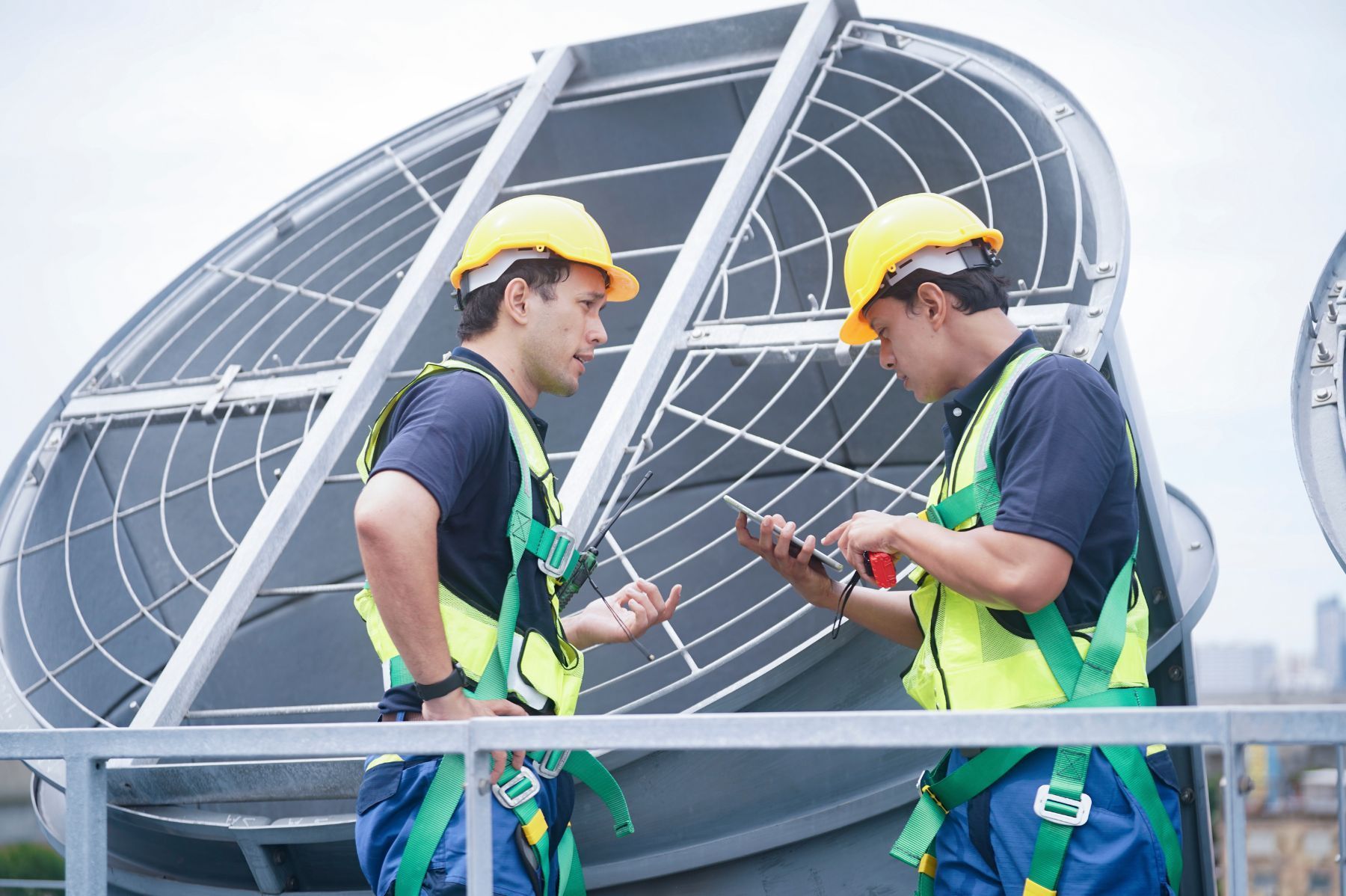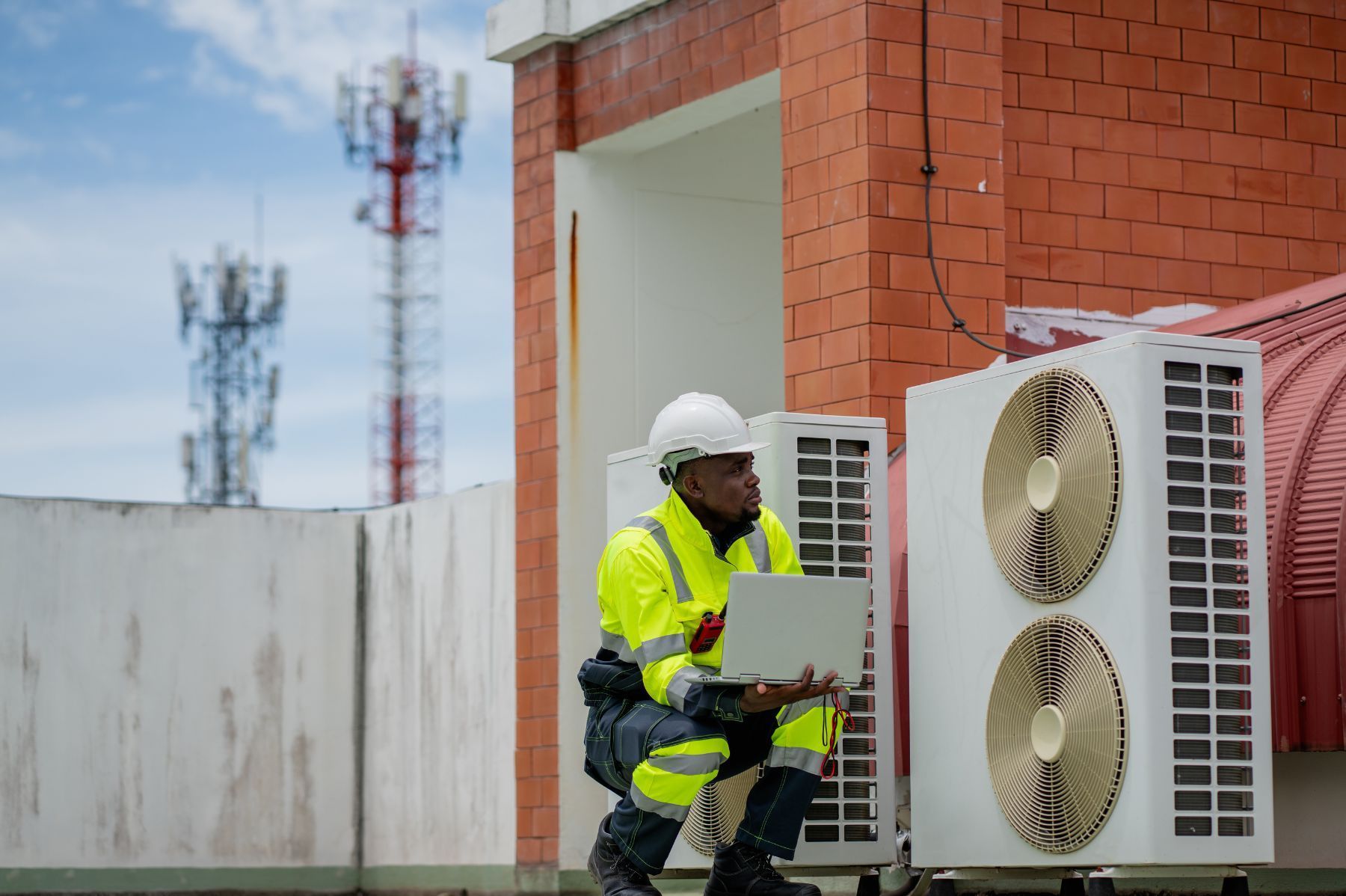The Rise of Green HVAC: Emerging Risks and Insurance Gaps
See How We're Different
or call us: (469) 678-8001
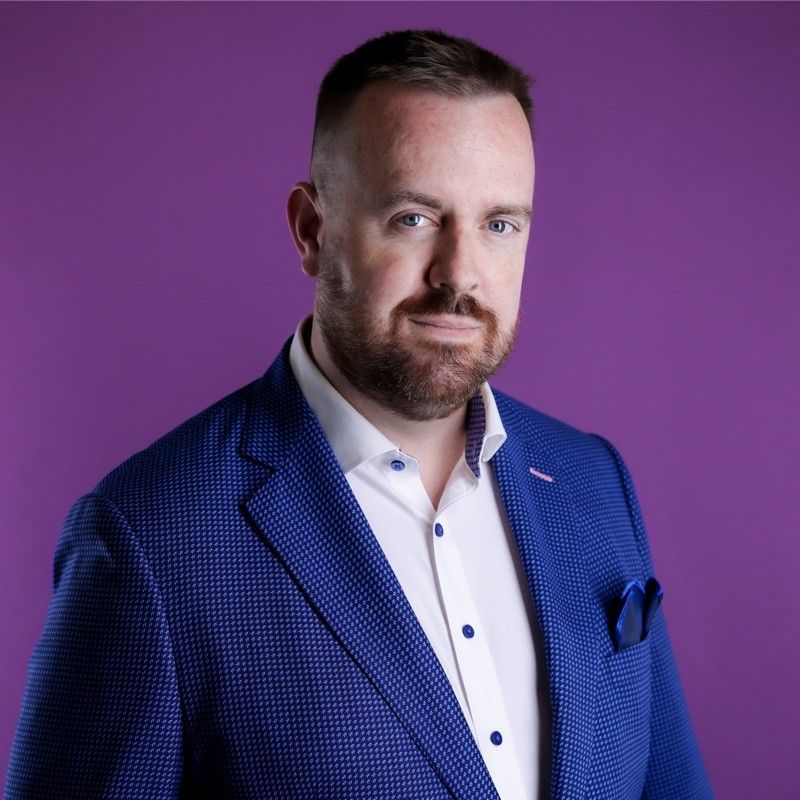
Commercial buildings rely heavily on HVAC systems, which consume nearly 40 percent of their total energy. This massive energy footprint has pushed the industry toward greener, more sustainable solutions. The shift to environmentally friendly HVAC technology promises lower emissions and reduced operational costs. Yet, it also introduces a new set of risks and insurance challenges that contractors, building owners, and insurers must navigate carefully. Understanding these emerging risks is crucial for anyone involved in the green HVAC sector.
For those in the insurance and HVAC industries, staying informed about these changes is more important than ever. The ZipDo Education Reports 2025 highlight that the global market for green HVAC systems is expected to grow at a compound annual growth rate of 7.2 percent through 2030. This growth signals both opportunity and complexity in managing risk.
Why Green HVAC Systems Are Gaining Momentum
Green HVAC systems are designed to reduce environmental impact through energy efficiency and the use of eco-friendly refrigerants. These systems often incorporate advanced technologies such as variable refrigerant flow, heat recovery ventilators, and smart thermostats. The drive to reduce carbon footprints in commercial buildings aligns with broader climate goals and regulatory pressures. As energy costs continue to rise, businesses are increasingly recognizing the long-term financial benefits of investing in these sustainable solutions. Not only do green HVAC systems lower utility bills, but they also enhance indoor air quality, creating healthier environments for occupants. This dual benefit of cost savings and improved health is a compelling argument for many organizations.
The Federal Insurance Office's 2024 report on climate risk reveals how environmental factors increasingly influence insurance markets. As buildings adopt greener HVAC solutions, the interplay between technology, climate risk, and insurance coverage becomes more complex. Insurers must evaluate how these systems affect property values, maintenance costs, and potential liabilities. Moreover, the integration of smart technology into HVAC systems allows for better monitoring and predictive maintenance, which can mitigate risks associated with system failures. This proactive approach not only helps in maintaining the integrity of the HVAC systems but also plays a crucial role in minimizing insurance claims, ultimately benefiting both insurers and policyholders.
Additionally, the rising demand for green HVAC is fueled by government incentives and stricter refrigerant regulations worldwide. However, these regulations can be confusing. Damon Stafford, CEO of Alpine Intel, points out that "global changes to refrigerant regulations, various degrees of damage, and the scope of complex HVAC systems all lead to confusion and inaccuracies that impact carriers and their policyholders." Navigating this regulatory landscape is a challenge that requires expertise and careful risk assessment. As businesses strive to comply with these evolving standards, many are turning to specialized consultants who can guide them through the intricacies of green technology adoption. This not only ensures compliance but also helps organizations leverage available incentives effectively, making the transition to greener systems more financially viable. Furthermore, as public awareness of climate issues grows, companies that adopt green HVAC solutions may also enhance their brand reputation, attracting environmentally conscious consumers and investors alike.
Emerging Risks in Green HVAC Installation and Maintenance
Installing and maintaining green HVAC systems is not without hazards. These systems often involve sophisticated components that require specialized knowledge. Mistakes during installation can lead to equipment failure or property damage. For example, a leaking refrigerant could damage flooring or other building materials, resulting in costly claims.
Insurance providers and contractors alike recognize these risks. According to Insureon, "HVAC work comes with hefty risks. A worker could hurt their back lifting a unit, or an air conditioner could leak and damage a client's floors." These incidents highlight the importance of comprehensive insurance coverage tailored to the unique risks of green HVAC work.
Moreover, the complexity of green HVAC systems means that claims can be difficult to assess. Insurers must understand the technical specifics to evaluate damage accurately and determine liability. This complexity can lead to gaps in coverage or disputes over claims, especially if policies do not explicitly address green technology risks.
In addition to the technical challenges, the regulatory landscape surrounding green HVAC systems is continually evolving. Contractors must stay informed about local, state, and federal regulations that govern energy efficiency and environmental impact. Non-compliance can result in fines or penalties, further complicating the installation and maintenance processes. For instance, new refrigerant regulations may require retrofitting existing systems, which can introduce additional risks if not handled properly. Understanding these regulations is crucial for contractors to mitigate legal risks and ensure that their work meets the necessary standards.
Furthermore, the rapid advancement of technology in the HVAC sector introduces another layer of risk. As new systems become available, contractors must invest time and resources into training and certification to stay competitive. This ongoing education is essential not only to ensure the proper installation of new systems but also to maintain safety standards. Failure to keep up with these advancements can lead to improper installations, which could compromise system efficiency and lead to increased energy costs for clients. Thus, the commitment to continuous learning is vital for contractors to navigate the complexities of green HVAC effectively.
Insurance Gaps and the Need for Specialized Coverage
The transition to green HVAC has exposed several insurance gaps. Traditional policies may not fully cover the unique risks associated with environmentally friendly systems. For example, damage caused by new refrigerants or failures in advanced control systems might fall outside standard property or liability coverage.
Environmental liability insurance is one area gaining attention. A study by Bo Wu found that the development of environmental liability insurance helps reduce industrial carbon emissions, with its effectiveness varying by region. This suggests that tailored insurance products can incentivize greener practices while managing risk. Furthermore, as more businesses and homeowners invest in sustainable technologies, the demand for specialized coverage will likely increase, prompting insurers to innovate and create products that address these emerging needs.
Meanwhile, the property and casualty sector faces growing losses related to weather events. Deloitte's 2024 report notes that in 2022, 75 percent of insured losses in this sector—amounting to $74 billion—were linked to U.S. homeowners. Projections estimate these losses could reach $118 billion by 2030 due to climate change. As green HVAC systems become more common in residential and commercial properties, insurers must anticipate how weather-related risks intersect with new technologies. This intersection raises critical questions about the adequacy of existing coverage and the potential need for new underwriting guidelines that account for the unique vulnerabilities of green systems.
One practical approach to managing these gaps is diversification. Research on weather parametric insurance shows that increasing the number of contracts reduces portfolio basis risk and volatility. This principle could apply to green HVAC insurance portfolios, helping carriers spread risk across various policies and regions. Additionally, insurers might explore partnerships with technology firms to develop predictive analytics tools that assess the performance and risks associated with green HVAC systems. By leveraging data-driven insights, insurers can better understand the potential impacts of environmental factors on these systems, allowing for more accurate pricing and risk assessment.
Moreover, as the market for green technologies expands, there is a growing need for education and awareness among both consumers and insurers. Many property owners may not fully understand the specific risks associated with green HVAC systems or the importance of having specialized coverage. Insurers can play a pivotal role in bridging this knowledge gap by offering resources, workshops, and consultations that help clients navigate the complexities of green technology insurance. This proactive engagement not only enhances customer relationships but also fosters a more informed market that is better equipped to embrace sustainable practices.
Balancing Innovation with Risk Management
Green HVAC technology offers significant environmental benefits but demands a careful balance between innovation and risk management. Contractors should work closely with insurers to ensure policies reflect the realities of green system installation and operation. This collaboration helps prevent costly surprises and supports sustainable growth in the sector. As the demand for eco-friendly solutions grows, contractors must also stay informed about the latest advancements in technology, such as energy-efficient heat pumps and smart thermostats, which can further enhance system performance while reducing environmental impact.
Insurers, for their part, need to develop expertise in green HVAC technologies and stay current with regulatory changes. This knowledge enables more accurate underwriting and claims handling. It also positions carriers to offer products that meet the evolving needs of contractors and property owners. For instance, understanding the nuances of renewable energy credits and carbon offsets can provide insurers with a competitive edge, allowing them to tailor policies that not only protect assets but also promote sustainable practices within the industry.
For example, coverage that includes
pollution liability for refrigerant leaks or specialized equipment breakdown insurance can fill critical gaps. Workers' compensation remains vital, given the physical demands of HVAC work and the risk of injury during installation or maintenance. Additionally, as green technologies often require specialized training and certification,
insurance policies that cover training costs or provide resources for ongoing education can be invaluable. This not only enhances the skill set of the workforce but also ensures that contractors are well-prepared to handle the complexities of modern HVAC systems, ultimately leading to safer and more efficient installations.
What Building Owners Should Know About Green HVAC Insurance
Building owners considering green HVAC upgrades should review their insurance policies carefully. Not all standard property insurance covers damage related to new HVAC technologies. It's important to ask whether policies include coverage for refrigerant leaks, system malfunctions, or related property damage. Many traditional insurance policies were designed before the rise of advanced green technologies, which means they may not adequately address the unique risks associated with these systems. Owners should take the time to understand the specific components of their green HVAC systems, as this knowledge can be crucial when discussing coverage options with their insurers.
Furthermore, as climate risks intensify, insurance premiums and coverage terms may change. Owners should stay informed about how their insurer evaluates climate-related risks and whether green technologies influence those assessments. Engaging with insurance professionals who understand green HVAC can help owners secure appropriate protection. This is particularly important as insurers are increasingly incorporating sustainability metrics into their risk assessments, which can lead to more favorable terms for those who invest in eco-friendly technologies. Understanding the nuances of these evaluations can empower building owners to advocate for better coverage that aligns with their sustainability goals.
Given the projected growth in green HVAC adoption, owners who ignore these insurance considerations may face unexpected out-of-pocket costs. Early consultation can prevent gaps and ensure that investments in sustainability do not become financial liabilities. Additionally, building owners should consider the potential benefits of integrating green HVAC systems beyond just energy efficiency. Many of these systems can enhance indoor air quality, reduce overall maintenance costs, and even increase property value. By taking a holistic approach to their insurance and sustainability strategies, owners can not only protect their investments but also create healthier environments for their tenants and occupants.
Moreover, as regulations around energy efficiency and carbon emissions become more stringent, having the right insurance coverage can provide peace of mind. Compliance with these regulations often requires regular upgrades and maintenance of HVAC systems, which can lead to additional costs if not properly insured. Building owners should also explore any available incentives or rebates for green HVAC installations, as these financial benefits can help offset the initial investment. By proactively addressing both insurance and regulatory considerations, owners can position themselves as leaders in the green building movement, fostering a positive reputation while contributing to a more sustainable future.
Chart: Comparing Insurance Coverage for Traditional vs. Green HVAC Systems
| Coverage Type | Traditional HVAC | Green HVAC |
|---|---|---|
| Property Damage | Standard coverage for equipment and building damage | May require additional coverage for refrigerant leaks and advanced components |
| Liability | General liability covers installation errors and accidents | Needs extension for environmental liability and regulatory compliance risks |
| Equipment Breakdown | Usually included or available as add-on | Critical due to complex technology; often requires specialized policies |
| Workers Compensation | Standard for HVAC workers | Essential due to physical risks and handling of new materials |
| Environmental Liability | Rarely included | Increasingly important to cover refrigerant and pollution risks |
Before You Go: Key Takeaways for Navigating Green HVAC Risks
Green HVAC systems are reshaping the energy landscape in commercial buildings. Their rise brings not only environmental benefits but also new risks that require attention from contractors, insurers, and building owners alike.
Understanding the regulatory environment, investing in specialized insurance coverage, and collaborating across industries are essential steps. This approach helps manage risks, close insurance gaps, and support the sustainable growth of green HVAC technologies.
As climate change continues to influence insurance markets, staying ahead of these developments will protect investments and ensure resilience in a changing world. For more insights on how climate impacts home insurance, the Federal Insurance Office report offers valuable data and analysis.
Frequently Asked Questions
Q: What makes green HVAC systems different from traditional ones in terms of insurance?
A: Green HVAC systems use advanced technology and eco-friendly refrigerants, which can introduce risks not covered by standard policies. Specialized coverage is often needed for environmental liability and equipment breakdown.
Q: Are there specific insurance policies for refrigerant leaks?
A: Yes. Environmental liability insurance can cover damages caused by refrigerant leaks, which are more common with certain green HVAC systems.
Q: How can HVAC contractors protect themselves from liability risks?
Contractors should carry general liability, workers compensation, and consider pollution liability coverage to address risks unique to green HVAC installation and maintenance.
Q: Will green HVAC systems increase my insurance premiums?
It depends. While some insurers may view green systems as reducing risk through efficiency, others may charge more due to the complexity and potential environmental liabilities involved.
Q: How does climate change impact insurance for HVAC systems?
Climate change increases weather-related risks that can damage HVAC equipment and property, leading to higher claims and premiums. Insurers are adjusting policies to reflect these evolving risks.
Q: Can diversifying insurance contracts help manage risks in green HVAC?
Yes. Studies show that increasing the number of insurance contracts can reduce portfolio risk and volatility, which benefits insurers managing new technology risks.
